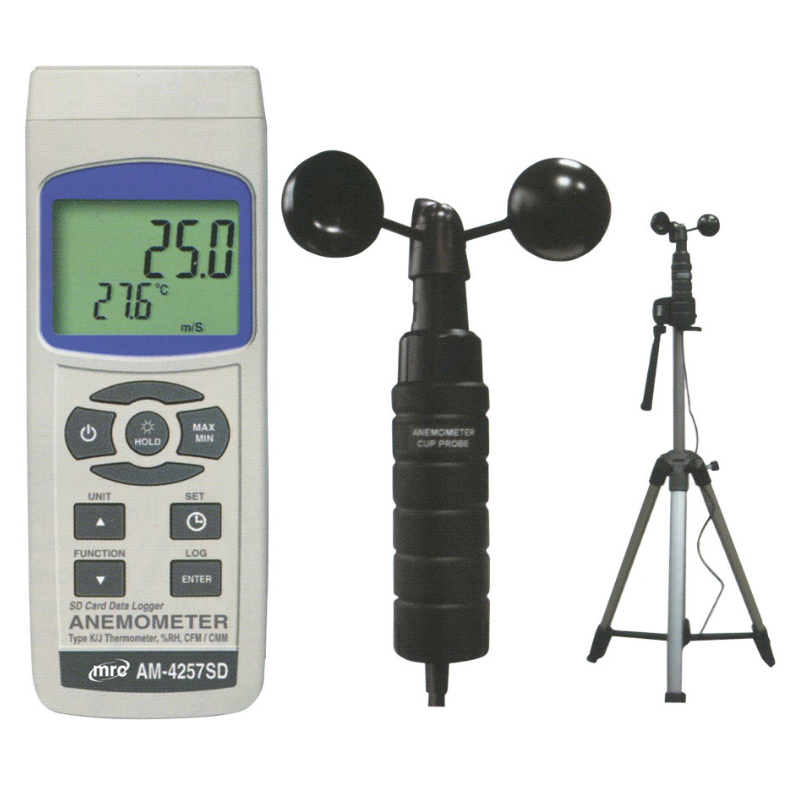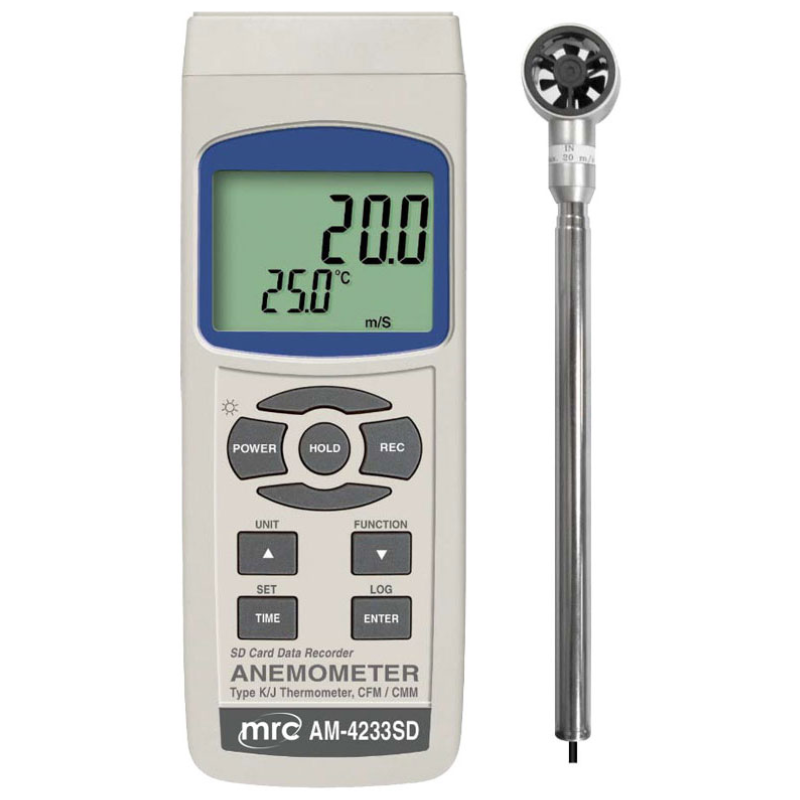Temperature and Humidity Transmitters are critical parameters in various industries and applications. Monitoring and controlling these factors accurately are essential for maintaining optimal conditions, ensuring the quality of products, and promoting the safety and comfort of individuals. Temperature and humidity transmitters play a crucial role in measuring and transmitting these parameters, enabling efficient control systems and informed decision-making processes. In this article, we will delve into the purpose and functionality of temperature and humidity transmitters, exploring their applications and benefits across different fields.
What are Temperature and Humidity Transmitters?
Temperature and humidity transmitters are electronic devices designed to measure and convert temperature and humidity levels into electrical signals. They consist of sensors that detect temperature and humidity variations and convert them into a standardized output, typically in the form of an analog or digital signal. These transmitters are capable of providing real-time measurements, allowing for accurate monitoring and control of environmental conditions.
Applications of Temperature and Humidity Transmitters:
.1. HVAC Systems: Temperature and humidity control is vital for maintaining comfortable and healthy indoor environments. Temperature and humidity transmitters are extensively used in heating, ventilation, and air conditioning (HVAC) systems to monitor and regulate these parameters. They ensure that optimal conditions are maintained, preventing issues such as mold growth, material degradation, and discomfort for occupants.
- Industrial Processes: Many industrial processes require specific temperature and humidity conditions to ensure product quality and process efficiency. Temperature and humidity transmitters are employed in industries such as pharmaceuticals, food and beverage, manufacturing, and storage facilities to monitor and control environmental conditions. They help in preserving product integrity, preventing spoilage, and optimizing production processes.
2.3. Environmental Monitoring: Temperature and humidity transmitters are utilized in environmental monitoring systems to collect data for weather forecasting, climate research, and ecological studies. They provide valuable information for understanding and predicting weather patterns, monitoring changes in ecosystems, and studying the impact of climate change.
2.4. Data Centers: Data centers house a vast number of electronic devices that generate substantial heat. Temperature and humidity transmitters play a crucial role in ensuring the optimal functioning of data centers by monitoring and controlling the environmental conditions. They help prevent equipment overheating, minimize downtime, and maintain the reliability and longevity of critical systems.
2.5. Laboratories and Research Facilities: In laboratories and research facilities, maintaining precise and stable temperature and humidity conditions is essential for conducting accurate experiments and preserving sample integrity. Temperature and humidity transmitters enable scientists and researchers to monitor and control these conditions, ensuring reliable and reproducible results.
Benefits of Temperature and Humidity Transmitters:
.1. Accurate Measurements: Temperature and humidity transmitters provide accurate and reliable measurements, allowing for precise control and analysis of environmental conditions. This accuracy ensures the quality and consistency of products, the reliability of research data, and the safety and comfort of individuals.
.2. Real-time Monitoring: These transmitters offer real-time monitoring capabilities, enabling immediate response to deviations in temperature and humidity levels. This timely information facilitates prompt action to rectify issues and maintain optimal conditions, minimizing risks and improving overall efficiency.
- Integration with Control Systems: Temperature and humidity transmitters can be easily integrated with control systems, allowing for automated regulation and adjustment of environmental conditions. This integration enhances energy efficiency, reduces human intervention, and optimizes the overall performance of systems.
- Remote Monitoring: Many temperature and humidity transmitters are equipped with wireless connectivity, enabling remote monitoring of environmental conditions. This feature allows users to access and analyze data from anywhere, enhancing convenience and facilitating timely decision-making.
How to Use- General instructions
Using temperature and humidity transmitters is relatively straightforward. Here is a step-by-step guide on how to use them effectively:
- Familiarize Yourself with the Transmitter: Read the user manual provided with the temperature and humidity transmitter to understand its features, specifications, and operating instructions. This will help you make the most of its capabilities.
- Determine the Placement: Identify the appropriate location for installing the transmitter. It should be positioned in a representative area that reflects the desired temperature and humidity conditions. Avoid placing it near heat sources, direct sunlight, or areas with excessive airflow, as these factors can affect the accuracy of measurements.
- Install the Transmitter: Mount the transmitter securely on a wall, ceiling, or any suitable surface. Ensure that it is placed at an appropriate height for effective measurement and away from obstructions. Follow the installation guidelines provided in the user manual for proper positioning.
- Connect Power: If the transmitter requires power, connect it to a reliable power source according to the manufacturer’s instructions. Some transmitters may operate on batteries, while others may require a direct power supply or use Power over Ethernet (PoE) technology.
- Calibrate (if necessary): Calibration may be required to ensure accurate measurements. Consult the user manual for calibration instructions or contact the manufacturer for guidance. Calibration typically involves adjusting the transmitter’s settings to match known reference values or using calibration equipment.
- Set Parameters: Configure the desired temperature and humidity ranges based on your specific requirements. Most transmitters allow you to set thresholds or alarms to trigger notifications or actions when conditions exceed or fall below the specified limits.
- Monitor Readings: Once the temperature and humidity transmitter is installed and configured, you can start monitoring the readings. Depending on the model, you may be able to view the measurements directly on the transmitter’s display or access them remotely via a computer, mobile device, or centralized monitoring system.
- Analyze and Respond: Regularly review the temperature and humidity data to identify any deviations from the desired conditions. If the readings indicate abnormalities or go beyond the set limits, take appropriate action to rectify the situation. This may involve adjusting HVAC systems, implementing moisture control measures, or addressing any underlying issues.
- Maintenance and Troubleshooting: Follow the maintenance guidelines provided by the manufacturer to ensure optimal performance of the temperature and humidity transmitter. Periodically check for any signs of damage, dust accumulation, or sensor degradation. If you encounter any issues or discrepancies, refer to the troubleshooting section of the user manual or contact technical support for assistance.







